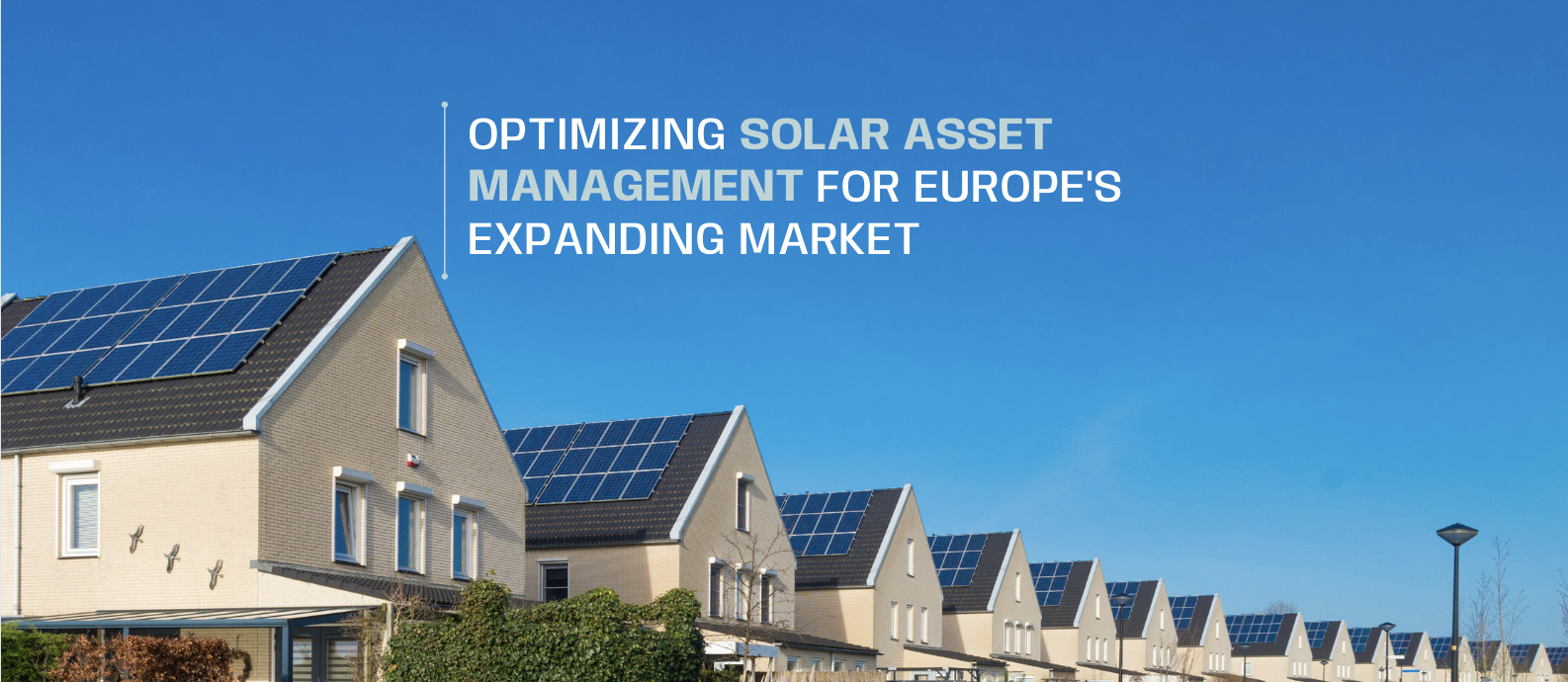In March of 2023, the European Parliament announced that it had adopted the first-ever requirement for all EU member states to reduce greenhouse gas emissions by 2030, and raised the EU’s overall 2030 emissions reduction target to 40% (compared to 2005 levels). The EU’s 2030 solar generation and emissions reduction targets will require significant funding, for which solar asset-backed securities could offer ample support.
Even prior to the destabilizing conflict in Ukraine, the EU had long been a front-runner in the adoption of renewable energy, with renewables overtaking energy production from coal in 2019. Solar energy in particular has remained on a remarkable growth trajectory. Solar capacity in Europe has doubled since 2018 and is expected to triple again by 2026. In spite of the progress made to date, increased efforts will be needed to meet the block’s ambitious targets to move to net-zero and solar ABS represents one of the important parts of the puzzle to achieving this.
The European Green Deal has turned solar energy into a building block of the EU’s transition towards clean energy. The accelerated deployment of solar energy has contributed to a major reduction in the EU’s dependence on imported fossil fuels and helped to protect consumers from volatile energy prices. At the end of 2022, European solar and wind energy combined overtook natural gas in electricity generation and with the proliferation of investment in solar energy across Europe, a whole new market has been created for solar asset-backed securities.
The U.S. Offers Europe the Template For Solar Securitization
Despite solar being the fastest-growing energy source in the EU, Europe can learn lessons from the well-established market of solar panel securitizations in the U.S. Last year US companies sold a record volume (albeit modest when compared with other assets) of solar-financing bonds. The majority paid for residential solar power and the U.S. remains on track for another record year. In 2022, the US solar market alone accounted for $8.6 billion in issued securities. This represents a stark contrast with Europe, where structured finance has yet to become a source of capital funding for the expansion of rooftop solar photovoltaic (PV) lending.
The market for solar panel securities in Europe has been hampered by its fragmented market which is yet to produce any large, homogenous pools of solar contracts suitable for securitization. In the U.S. the commercial and residential solar market is dominated by a few large firms including SolarCity (now part of Tesla), Sunrun, and Mosaic. However, in Europe, the solar installation industry predominantly comprises smaller market participants.
Fragmentation and a lack of large asset pools of solar contracts have delayed the emergence of solar asset-backed securities in Europe. However, national champions are beginning to appear in Europe, enabling larger portfolios of standardized agreements to be built up. Contracts originated by Spain’s Perfecta Energia or Berlin start-up Enpal were expected to be among the first to be securitized, something that was confirmed when Enpal announced its first solar ABS with €356 million warehouse at the end of March 2023. Financed by Citi and M&G, Enpal’s deal will pave the way as the long-awaited first public solar ABS in Europe.
Managing Evolving Asset Classes – Solar ABS
Like any emerging asset class, the European market is still being established and both investors and issuers are unfamiliar with the complexities related to managing solar asset-backed securities. Even leading residential solar originators may lack sufficient capital markets resources and bandwidth to scale due to the complexities of structuring solar ABS deals. Without solar asset management software, the process can be extremely manual and time-consuming, requiring constant realignment between issuers and investors.
With the advent of insights & analytics platforms alongside data management services issuers and investors alike can now streamline the deal pipeline and project cashflows with precision. The evolution in solar asset management software enables both issuers and investors to perform the requisite flexible modeling and due diligence.
Even in the U.S., the market is still quite small— there are jumbo investment-grade bond sales from single large-cap companies that exceed the size of the $8.6 billion solar ABS issued in 2022. Yet issuance is picking up.
Solar ABS offers unique exposure for ESG investment mandates and the recent passage of the U.S.’s Inflation Reduction Act will further encourage solar investments by increasing and extending the Investment Tax Credit (ITC) for residential solar systems (up to 30% from 26% and extended to Jan. 1, 2034).
In response, European Commission President Ursula von der Leyen said the European Union is planning to mobilize state aid and a sovereign fund for solar energy firms: “To keep European industry attractive, there is a need to be competitive with the offers and incentives that are currently available outside the EU”. Increasing subsidies and government investment should only provide a tailwind to the sector globally, both in terms of new supply and credit performance.
Learn more about how T-REX helped a solar originator scale its ABS pipeline by improving transparency, efficiency, and collaboration with its solar asset management software.
